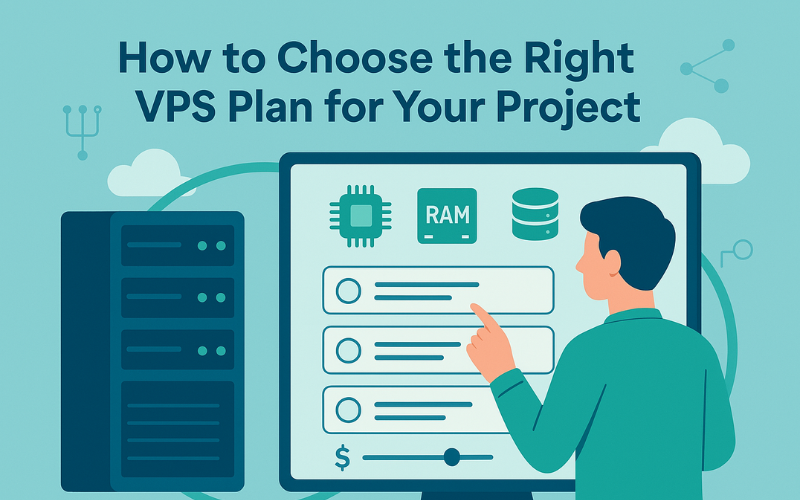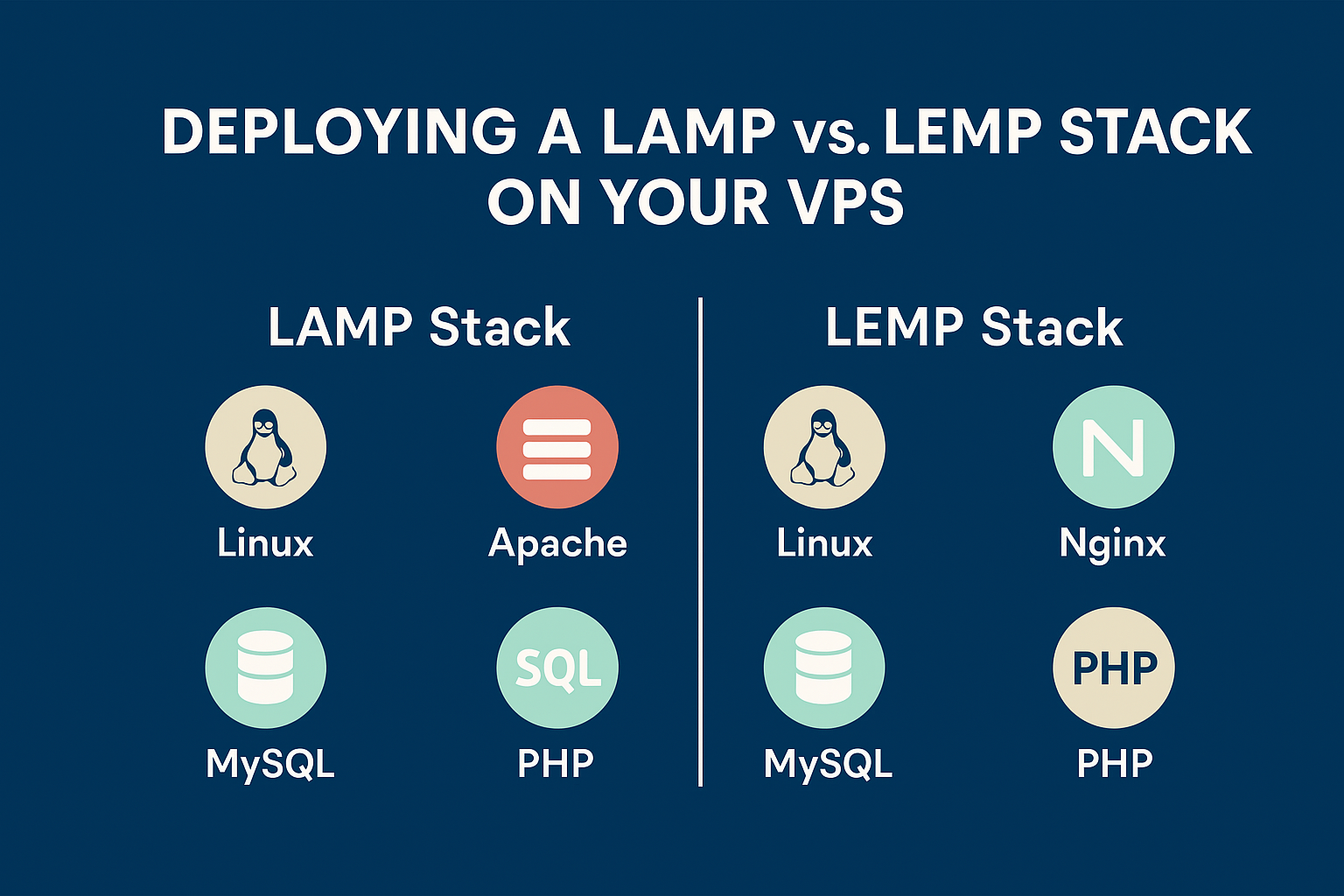Choosing the right VPS plan is key to making your website or app run smoothly. A VPS gives you dedicated resources without the high cost of a full server. But with so many plans out there, how do you pick the best one? In this guide, we’ll break down the main factors you need to think about in plain English.
1. Know Your Project Needs
First, think about what you want to do with your VPS. Are you hosting a blog, an online store, or a game server? Different projects need different resources. For example, a busy e-commerce site needs more CPU and RAM than a simple blog.
Then break down your needs:
- Traffic: How many visitors do you expect?
- Content: Will you have videos, images, or mostly text?
- Software: Do you need special apps or databases?
2. Set a Clear Budget
Next, decide how much you can spend each month. VPS plans can range from $5 to $100 or more. Keep in mind the price you see first might rise when you renew. Look for a plan that balances cost and features. Don’t just pick the cheapest—paying a bit more can get you better speed and support.
3. Compare CPU, RAM, and Storage
These are the main building blocks of any VPS:
- CPU (Central Processing Unit): This handles all your tasks. More cores mean your server can do more work at once.
- RAM (Memory): RAM stores data temporarily for quick access. More RAM means smoother performance, especially for busy sites.
- Storage: You can choose HDD or SSD. SSDs are faster and more reliable, but cost more. For most projects, SSD is worth the extra cost.
4. Think About Bandwidth
Bandwidth is the amount of data your server can send and receive each month. If you expect lots of visitors or large downloads, you need higher bandwidth. Running out of bandwidth can slow down your site or lead to extra charges.
5. Choose Managed vs Unmanaged
- Unmanaged VPS: You install and manage everything yourself. It’s cheaper but needs more technical skill.
- Managed VPS: The host handles updates, security, and backups. It costs more but saves you time and hassle.
6. Check Uptime and Reliability
Look for providers that promise at least 99.9% uptime. This means your site is down for less than 10 minutes a week. Good uptime keeps your visitors happy and your business running smoothly.
7. Look for Security Features
Security is a must. Make sure your plan includes:
- Firewalls and DDoS protection
- Regular backups
- SSL certificates
- Secure Shell (SSH) access
8. Consider Scalability
Your needs may grow over time. Pick a plan that lets you easily add more CPU, RAM, or storage. This way, you can start small and upgrade as your project grows.
9. Data Center Location
The closer your server is to your users, the faster your site loads. If your audience is in Europe, pick a data center there. Many hosts let you choose from multiple locations.
10. Customer Support and Extras
Good support can save you hours when things go wrong. Check if the host offers 24/7 chat or phone support. Also look for extras like control panels (cPanel, Plesk) and one-click installers for apps like WordPress.
Conclusion
Choosing the right VPS plan doesn’t have to be hard. By understanding your needs, setting a budget, and comparing key features like CPU, RAM, storage, and support, you can find a plan that fits your project and grows with you. Happy hosting!



